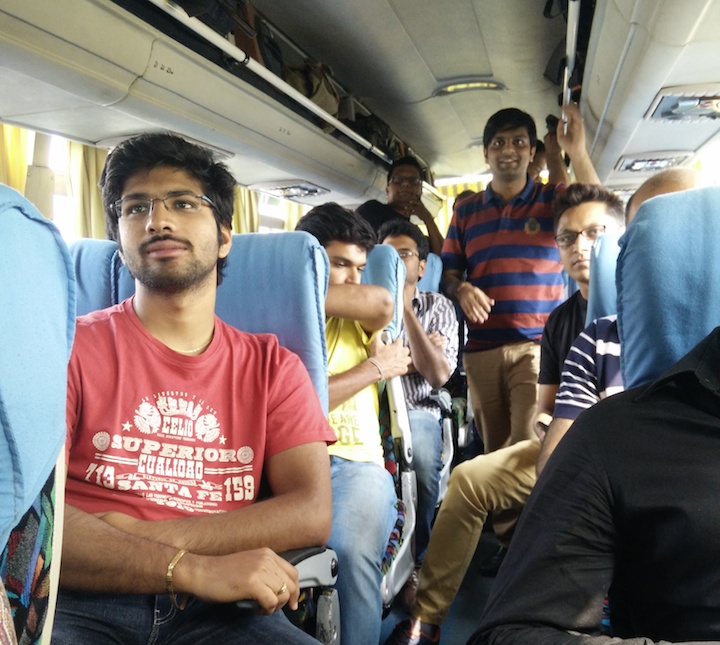Banking and financial services industry is undergoing a massive transformation all over the world. While until the early 2010, FinTech wasn’t even on the radar of banking institutions let alone the entrepreneurial kinds, suddenly there is an upsurge in activity in the FinTech community.
Global FinTech financing has grown from less than $930 million for the whole of 2008 to over $1.04 billion in the month of October 2014 alone.
Customer experience is driving and bringing forth disruptive technologies and innovation in the form of mobile wallets, branchless banking et all and FinTech startups offering a plethora of banking solutions – from payments, money transfer to apps and peer-to-peer lending.
 I’ve been following the FinTech industry for a while now and can see spurt of activities in different parts of the world and different sections of the communities coming together to give it its due importance.
I’ve been following the FinTech industry for a while now and can see spurt of activities in different parts of the world and different sections of the communities coming together to give it its due importance.
We can see growing signs of action in Australia with a strong FinTech startup ecosystem taking shape seeking to disrupt the traditional banking industry. Similarly, London is becoming quite a hub of all things disruptive in the financial services industry globally with branchless banking and an ever increasing focus on providing banking services to the unbanked. KPMG in collaboration with AWI and the Financial Services Council has released a report detailing 50 of the world’s strongest FinTech innovators.
Though traditional banks are now making conscious efforts to revamp their outdated systems and introduce new offerings to lure Millennials, they are, however, still competing with other global banks and financial institutions.
According to a recent post by Scott Walcheck, “Financial services are becoming à la carte. People, particularly millennials, are moving away from single monolithic banking institutions serving the majority of their financial needs to hand picking the specialized services that work for them.” Banks and financial institutions are yet to cover ground to compete with the likes of new entrants in the financial services arena.
It is already evident that FinTech is disrupting the traditional banking models. An interesting development on the sidelines of FinTech in the financial industry is the entry of new players in the banking industry. Tech giants Apple, Facebook and Google too have jumped onto the financial bandwagon and showing keen interest to provide financial services to their customer base. These players are using their platforms and scale of their existing user base to provide gamut of services – fee free payments, peer-to-peer payments etc.
We are living in a time where Gen Y or ‘Millennials’ have virtually grown up connected and accustomed to open and social lives. The future potential customers of financial services will be driven by these expectations. Tech giants such as Facebook and Apple would enjoy an upper hand compared to FinTech or traditional banking institutions in gaining the trust of these customers as they have spent time and money building brand equity and understanding their customers’ psychology. According to a recent study by Gemalto, “One in four millennials has effectively abandoned branches altogether.”
There is an interesting report by the UK Government Office for Science on FinTech Futures: The UK as a world leader in Financial Technologies which outlines measures such as setting up of a “FinTech Advisory Group” with representation from the government, regulators, trade associations amongst others for developing UK as a global hub for FinTech innovation community.”
While the debate over FinTech vs Tech taking over the financial world is HOT, it is measures such as the ones being adopted by the UK government that will lead the way forward. Definitive measures on a global scale will act as critical success factors for the FinTech-Tech players to flourish and launch innovative financial offerings to compete with the mainstream banks and financial institutions. We need equal amounts of innovation and disruption with government support, monitoring and intervention to regulate the industry globally.
These are certainly exciting times for FinTech startups and Tech giants around the world as they are suddenly in the limelight and a foreboding time for traditional banking & financial institutions since this will shape up the future of the industry.
What do you think is the biggest threat to banks at the moment – FinTech or Tech? Which should the banks focus on to start with. Please share your thoughts. I’d love to hear from you in the comments below.
Disclaimer: The views expressed here are personal and are not reflective of the organization the author works for.
Guest Post by Ina Bansal, Nucleus Software


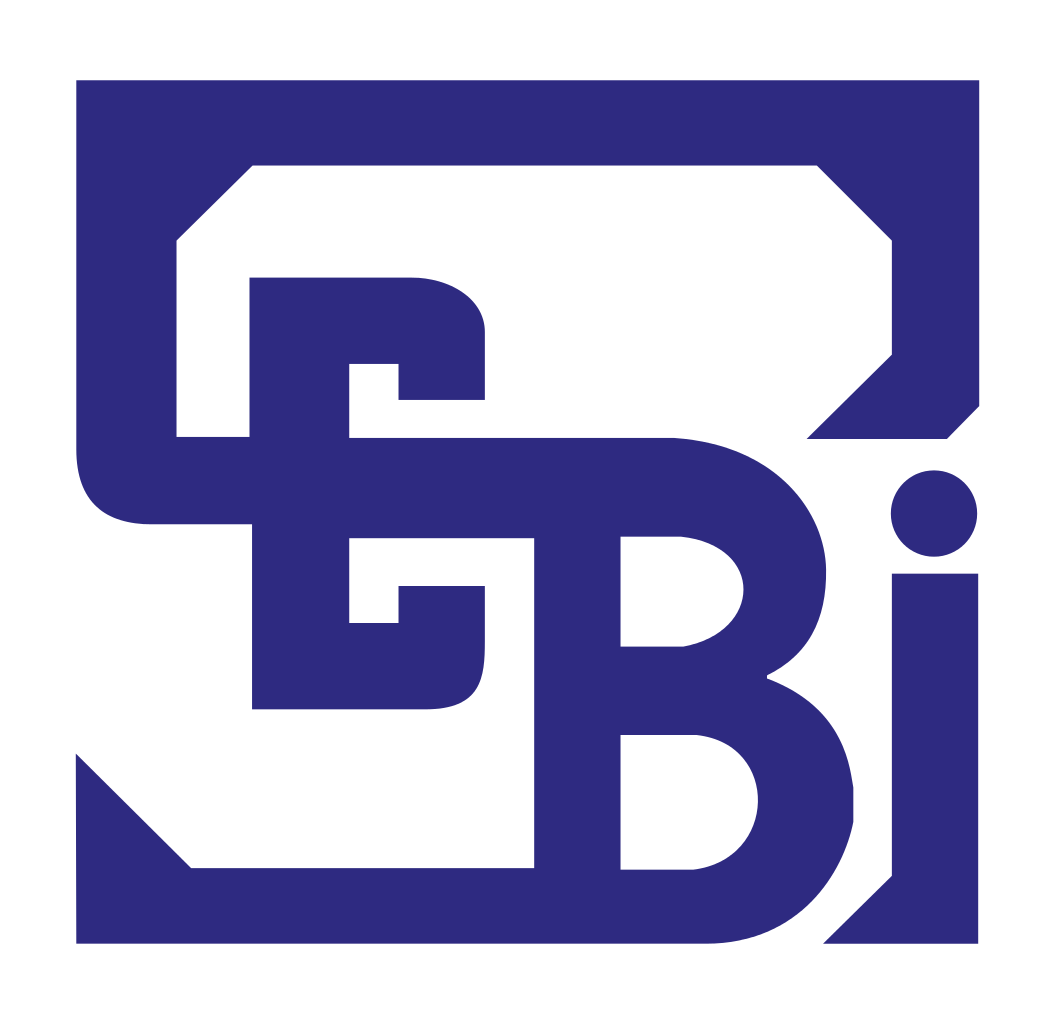 Efforts of iSPIRT’s List-in-India Policy Expert Team have reaped the desired results. The securities market regulator, SEBI, has announced relaxed norms for a separate platform to allow “new-age companies” having an innovative business model and belonging to the knowledge-based technology sector to list in the country.
Efforts of iSPIRT’s List-in-India Policy Expert Team have reaped the desired results. The securities market regulator, SEBI, has announced relaxed norms for a separate platform to allow “new-age companies” having an innovative business model and belonging to the knowledge-based technology sector to list in the country.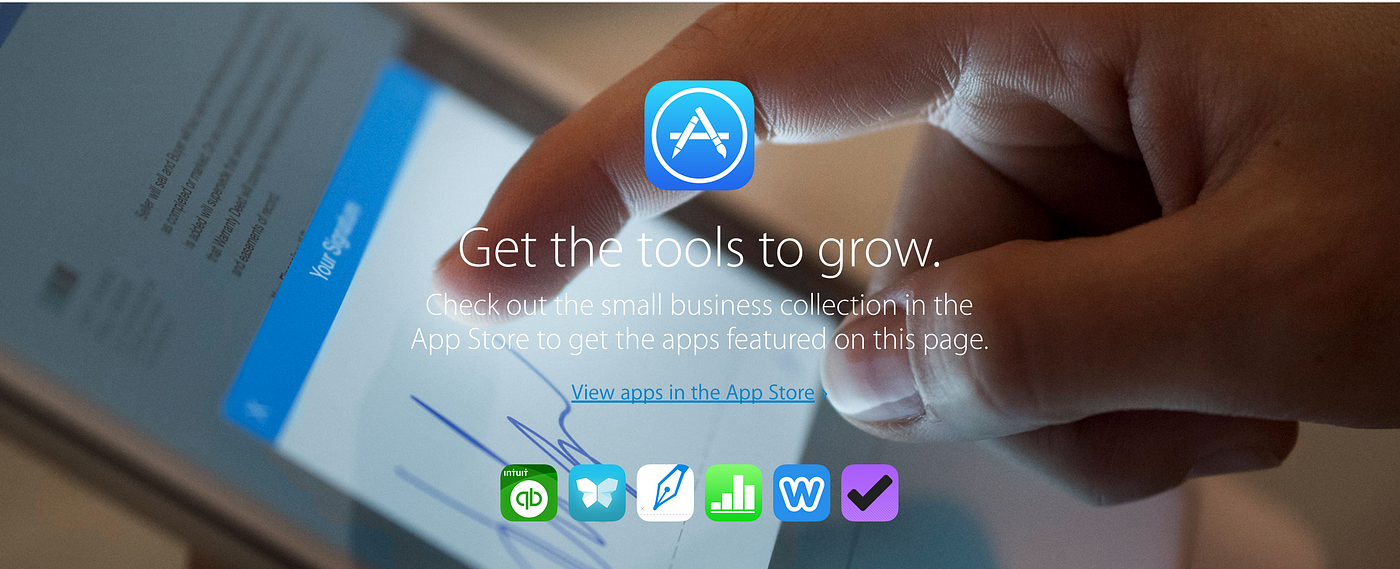 What we think about a lot
What we think about a lot
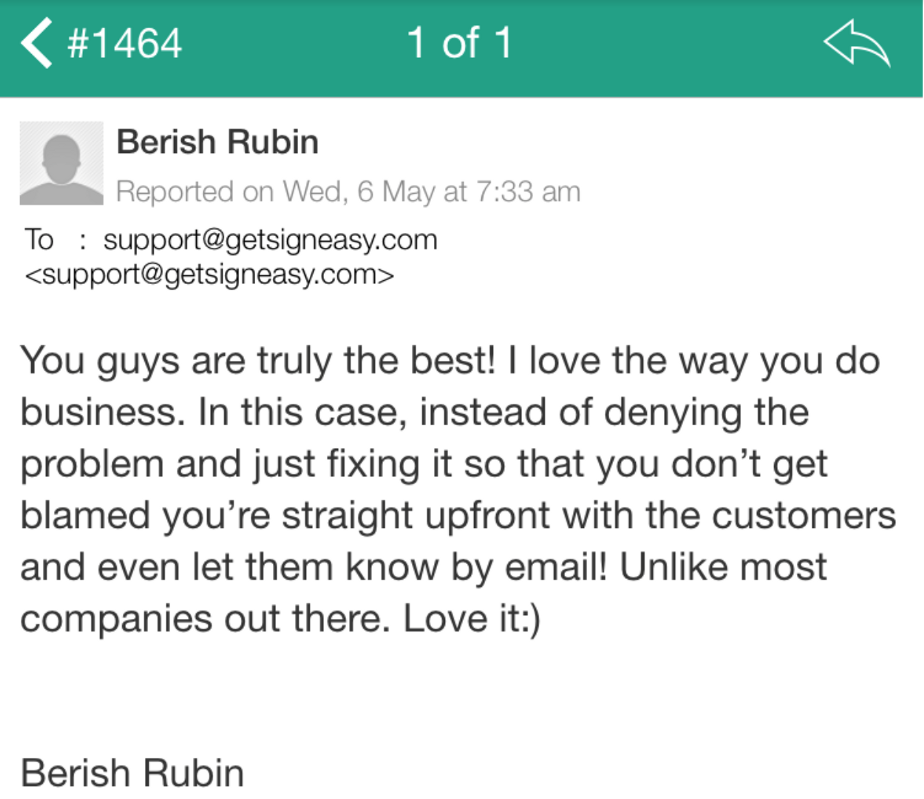
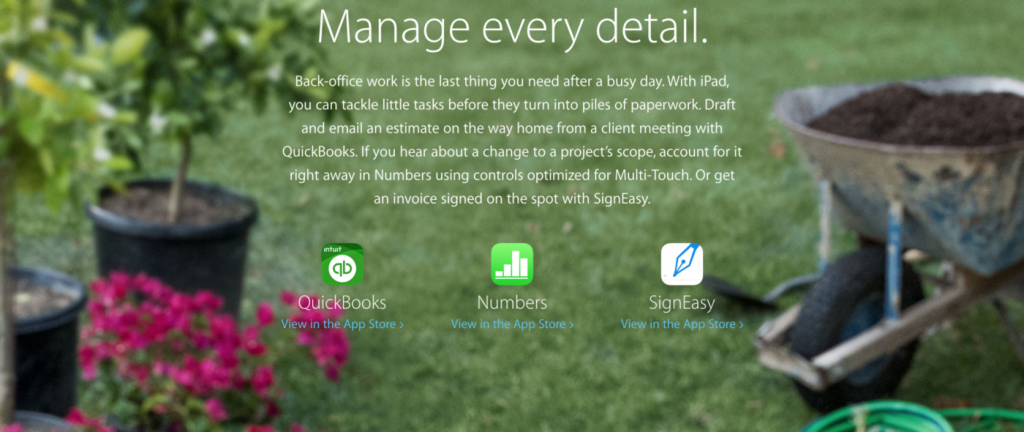 Part 2 of this post will talk about the actual gains that we had by being part of the Apple campaign. There are going to be metrics, and a lot of takeaways for app store citizens like us. So stay tuned!
Part 2 of this post will talk about the actual gains that we had by being part of the Apple campaign. There are going to be metrics, and a lot of takeaways for app store citizens like us. So stay tuned!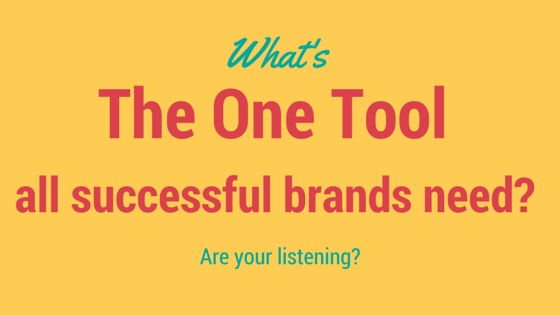 Advertisers are predicted to spend close to
Advertisers are predicted to spend close to 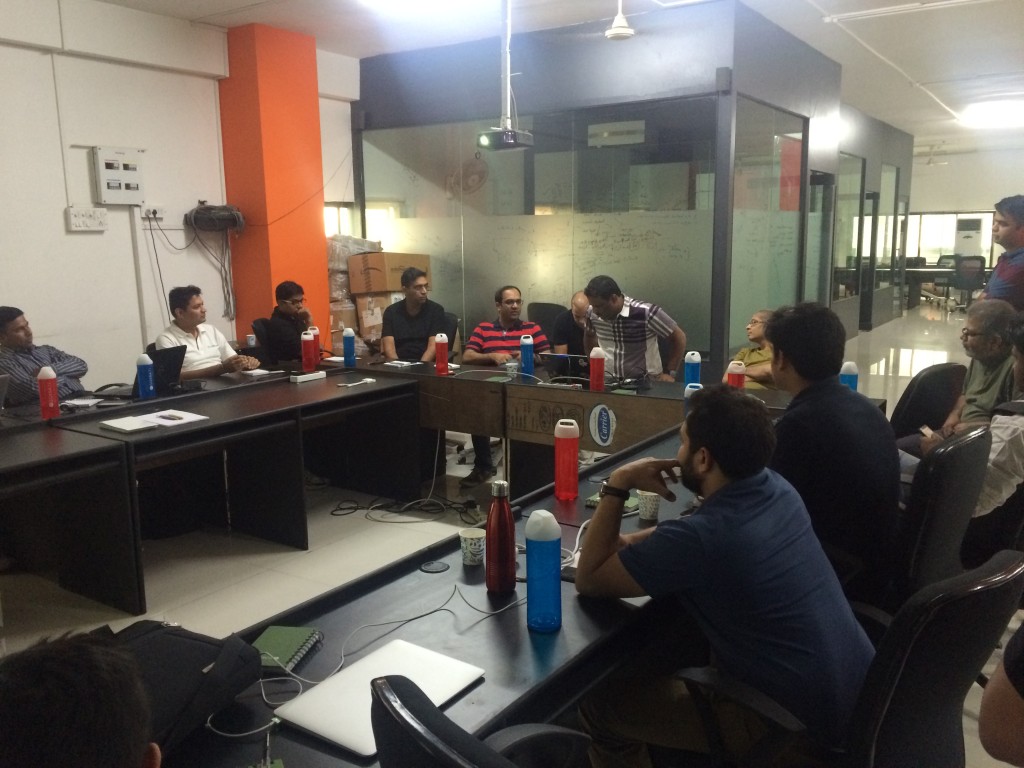
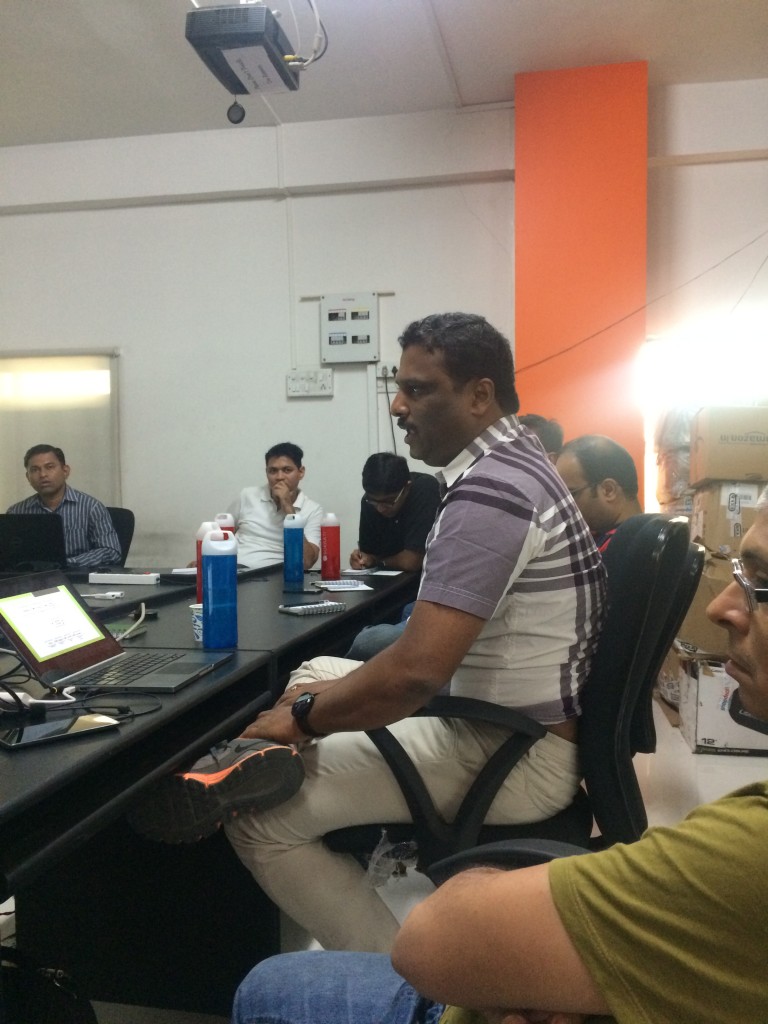
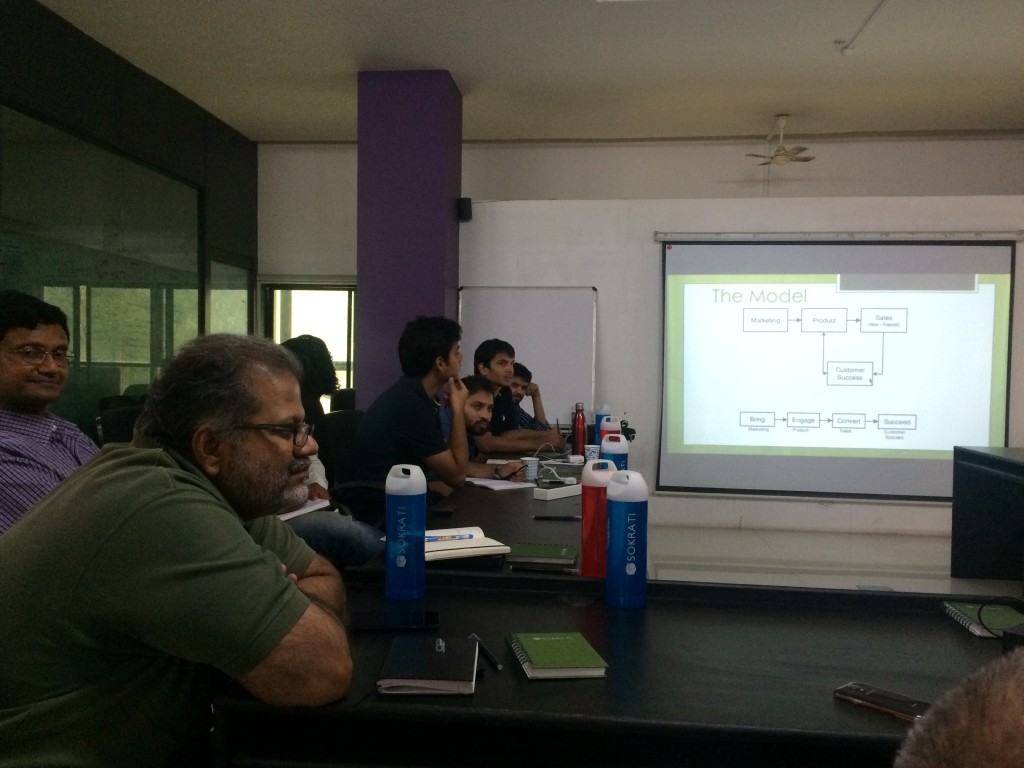
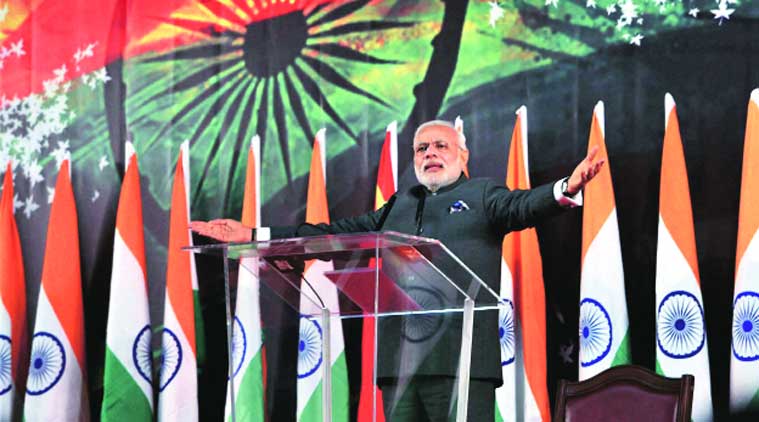 Becoming visible
Becoming visible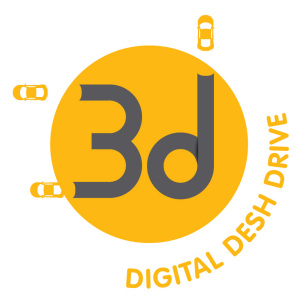
 Matrix Partners India, is hosting a meetup on May 7th, 2015 in Bengaluru with the theme of ‘Everything SaaS.’
Matrix Partners India, is hosting a meetup on May 7th, 2015 in Bengaluru with the theme of ‘Everything SaaS.’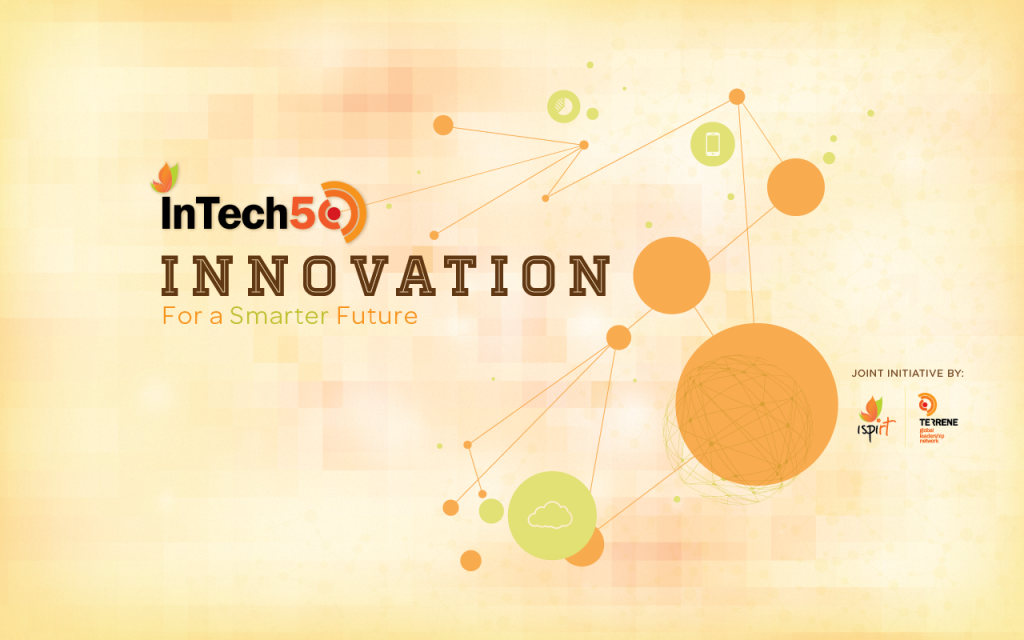
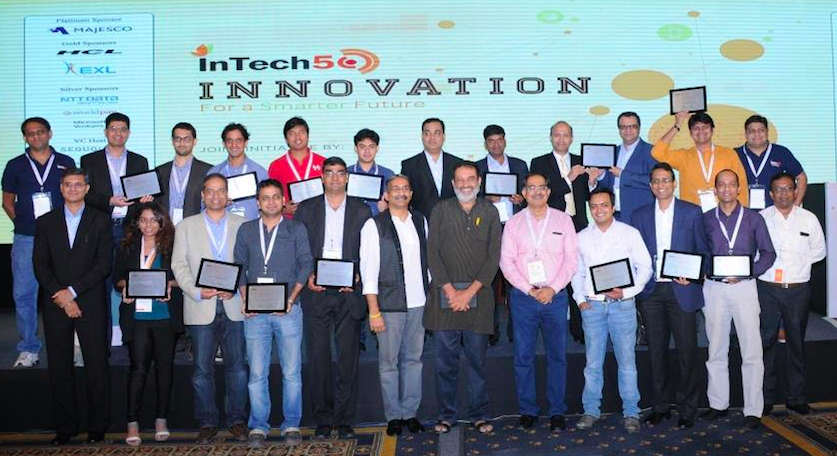 The event saw active participation from industry CIOs – both global and domestic – who provided rich and relevant perspectives to startups. We heard from the media, hardware & software technology, telecom, general & speciality insurance, and banking sectors. The program sparked rich interactions that highlighted core industry needs & product gaps, provided feedback to early stage concepts, and introduced prospective customers and operational partners to startups much in need of them.
The event saw active participation from industry CIOs – both global and domestic – who provided rich and relevant perspectives to startups. We heard from the media, hardware & software technology, telecom, general & speciality insurance, and banking sectors. The program sparked rich interactions that highlighted core industry needs & product gaps, provided feedback to early stage concepts, and introduced prospective customers and operational partners to startups much in need of them.